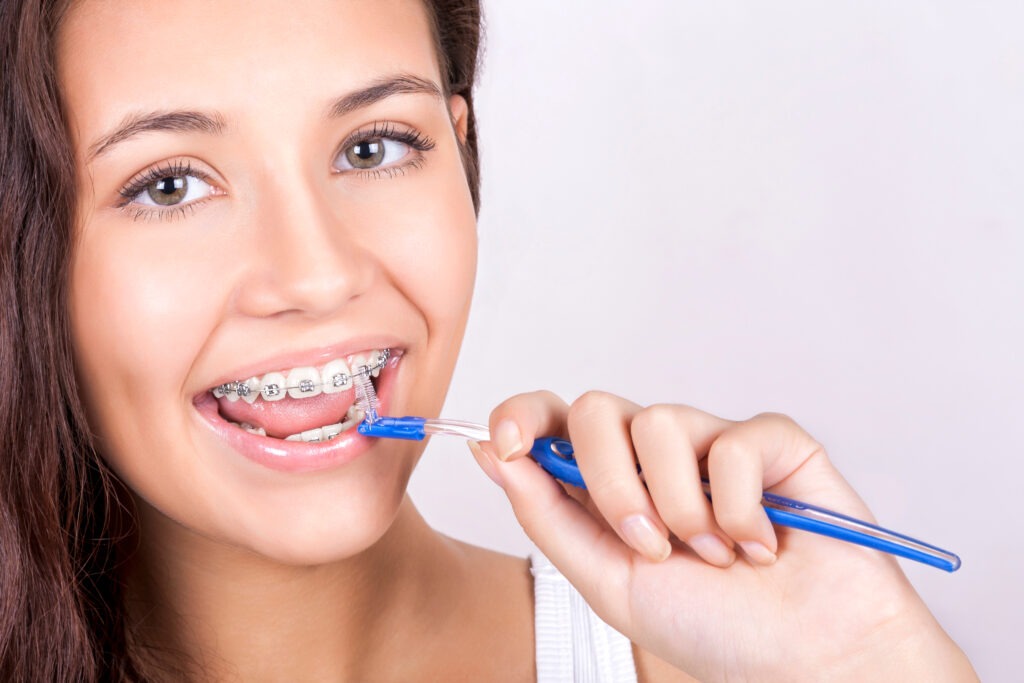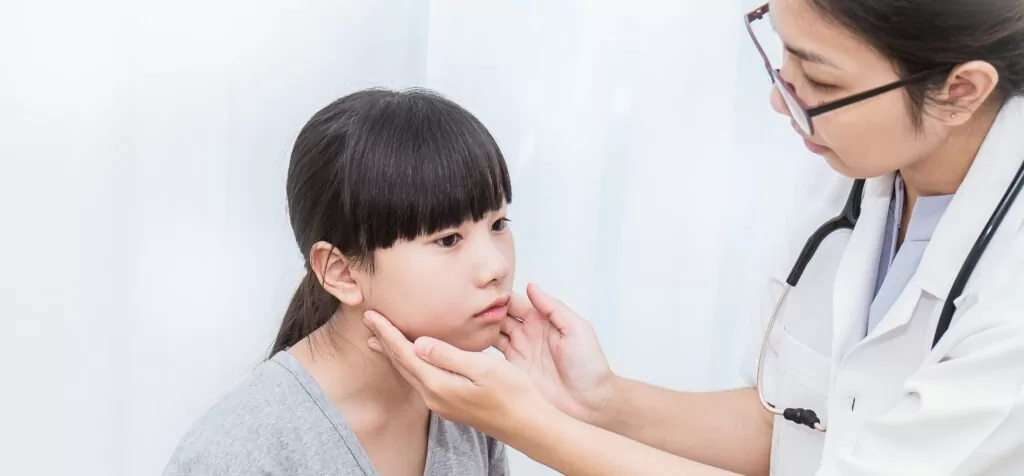
According to the CDC, here in the United States approximately 1 in 1,700 children are born with a condition called cleft palate. Cleft palate occurs when during pregnancy the tissue and special cells of the head do not connect when developing the face. This can often cause a cleft lip, but also a condition called a cleft palate, though some children born with cleft lips do not have cleft palates. There is no known cause of cleft palate, however it is believed to be either genetic or environmental in nature.
A cleft palate occurs when the palate does not fuse together on the roof of the mouth.
Conventionally, cleft palate is treated by surgery and possibly later speech therapy if there is any difficulty speaking following the surgery, but researchers are looking for new ways to treat cleft palate that are less invasive.
Recently, a study by The University of Colorado Anschutz Medical Campus did just that: looked into ways to either reduce the extent of, or eliminate the need for surgery for cleft palate altogether.
The study used 3D printed devices such as Invisalign® clear aligners (who presented the research team with a grant for this study) to help fuse the palate together. It’s called nasoalveolar molding, or NAM, and it could someday be the future of treating cleft palates.
Nasoalveolar molding would be used on infants to slowly adjust the palate. While infants may still require surgery, researchers are optimistic that this type of surgery would be less involved, and treatment for the child’s cleft palate would ultimately be less-costly.
The project is now looking for more funding, and hopefully infants to participate in the study, which would begin swiftly after birth- with the first scans occurring one to two days after the child is born.
It is important to note that not all cleft palate is treated, however this is not recommended, as it can leave children with speech difficulties and nasal sounding voices as they age. If your child is born with a cleft lip or palate, your doctor will go over your options at birth or as soon as the condition is discovered.
To learn more about Invisalign® for treating a bad bite, please contact Dr. Abelar’s office today.






